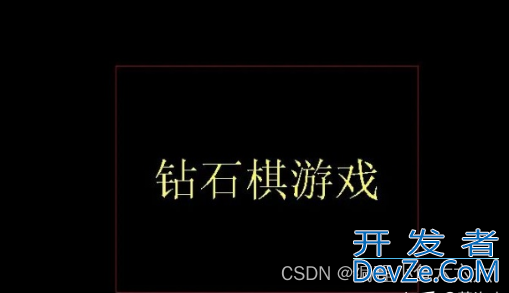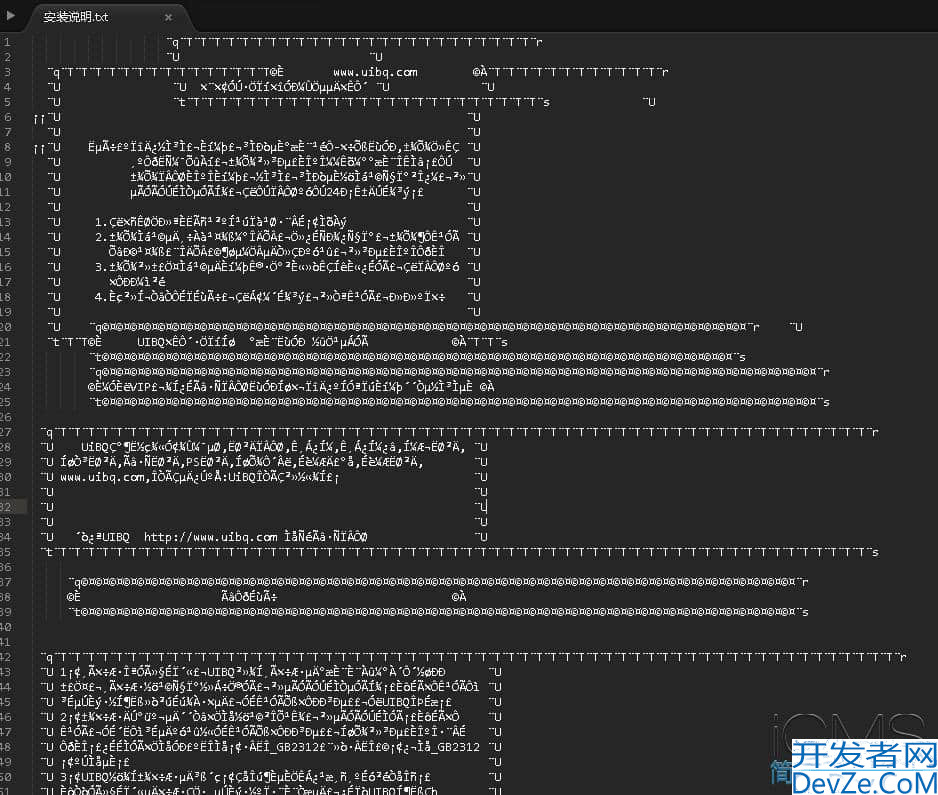Maven自定义生命周期与插件扩展点详解
目录
- 引言
- 一、生命周期扩展机制深度解析
- 1.1 Maven核心生命周期模型
- 1.2 扩展点的技术实现原理
- 1.3 典型扩展场景案例分析
- 二、自定义生命周期阶段的全链路实现
- 2.1 lifecycle.XML的语法规范
- 2.2 阶段插入策略的工程实践
- 2.3 多环境生命周期配置管理
- 三、插件与自定义阶段的深度集成
- 3.1 插件绑定机制的内核原理
- 3.2 动态绑定策略的进阶用法
- 3.3 企业级插件开发最佳实践
- 四、多插件协同的精细控制
- 4.1 执行顺序的底层调度机制
- 4.2 顺序控制的三层模型
- 4.3 复杂场景下的解决方案
- 五、企业级扩展案例:自动化合规检查体系
- 5.1 需求分析
- 5.2 技术方案设计
- 5.3 实施效果
- 六、未来演进方向
引言
在Java生态系统的演进历程中,构建工具始终扮演着基础设施的关键角色。从早期的Ant到Maven,再到Gradle,每一次工具的迭代都伴随着对构建流程抽象层次的提升。其中,Maven的约定优于配置(Convention Over Configuration)理念彻底改变了Java项目的构建方式,其核心的构建生命周期模型更是成为现代持续集成体系的基石。
当我们审视典型的Maven构建流程时,会看到compile、test、package、install、deploy等标准阶段的有序执行。这种标准化的生命周期管理在统一项目构建方式的同时,也带来了新的挑战——如何在保持核心规范的前提下,实现构建流程的深度定制?这正是Maven插件扩展机制的用武之地。通过生命周期扩展点(extensions)、自定义生命周期阶段定义、插件绑定策略以及多插件协同控制,开发者可以在不破坏Maven核心约定的前提下,构建出适应复杂业务场景的定制化构建流水线。本文将深入剖析这些高级特性的实现原理,并通过真实案例展示如何构建企业级扩展方案。
一、生命周期扩展机制深度解析
1.1 Maven核心生命周期模型
Maven的生命周期模型是其构建体系的灵魂,由三个基础生命周期组成:
- Clean生命周期:处理项目清理
- Default生命周期:核心构建流程(编译、测试、打包等)
- Site生命周期:生成项目站点文档
每个生命周期包含多个阶段(phase),这些阶段按照严格顺序执行。例如Default生命周期包含:
validate → initialize → generate-sources → process-sources →
generate-resources → process-resources → compile → process-classes → generate-test-sources → process-test-sources → generate-test-resources → process-test-resources → test-compile → process-test-classes → test → prepare-package → package → pre-integration-test → integration-test → post-integration-test → verify → install → deploy
1.2 扩展点的技术实现原理
<extensions>true</extensions>配置的启用会触发Maven的核心扩展机制,该机制基于以下技术栈实现:
- Plexus组件框架:Maven底层的依赖注入框架
- Maven Core Extensions API:定义在maven-core模块中的扩展接口
- Custom Lifecycle注册机制:通过META-INF/maven/extension.xml注册自定义组件
当插件声明<extensions>true&编程lt;/extensions>时,Maven会执行以下关键操作:
// 简化后的Maven扩展加载逻辑
public class DefaultExtensionManager {
public void loadExtensions(List<Artifact> extensions) {
for (Artifact artifact : extensions) {
// 加载包含META-INF/maven/extension.xml的JAR
ExtensionDescriptor descriptor = loadDescriptor(artifact);
// 注册自定义生命周期组件
registerComponents(descriptor.getComponents());
// 合并自定义生命周期定义
mergeLifecycles(descriptor.getLifecycles());
}
}
}
1.3 典型扩展场景案例分析
案例:多模块并行构建扩展
某金融系统需要实现多模块并行编译,可通过扩展Default生命周期实现:
创建custom-lifecycle-extension项目:
<!-- pom.xml -->
<build>
<plugins>
<plugin>
<artifactId>maven-plugin-plugin</artifactId>
<extensions>true</extensions>
</plugin>
</pluginandroids>
</build>
定义extension.xml:
<extension>
<components>
<component>
<role>org.apache.maven.lifecycle.Lifecycle</role>
<implementation>com.example.ParallelLifecycle</implementation>
</component>
</components>
</extension>
实现自定义Lifecycle类:
public class ParallelLifecycle extends Lifecycle {
public ParallelLifecycle() {
super("parallel", Arrays.asList(
new Phase("parallel-compile",
Collections.singletonList("com.example:parallel-compiler-plugin:compile")),
new Phase("parallel-test")
));
}
}
二、自定义生命周期阶段的全链路实现
2.1 lifecycle.xml的语法规范
lifecycle.xml文件需要遵循严格的XML Schema定义,其完整结构如下:
<lifecycles xmlns="http://maven.apache.org/LIFECYCLES_1_0_0"
xmlns:xsi="http://www.w3.org/2001/XMLSchema-instance"
xsi:schemaLocation="http://maven.apache.org/LIFECYCLES_1_0_0
http://maven.apache.org/xsd/lifecycles-1.0.0.xsd">
<lifecycle>
<id>custom</id>
<phases>
<phase>
<id>pre-integration</id>
<executions>
<execution>
<goals>
<goal>prepare</goal>
</goals>
<plugin>
<groupId>com.example</groupId>
<artifactId>integration-plugin</artifactId>
</plugin>
</execution>
</executions>
</phase>
<!-- 更多阶段定义 -->
</phases>
</lifecycle>
</lifecycles>
2.2 阶段插入策略的工程实践
场景:在deploy之后增加安全扫描阶段
创建post-deploy阶段定义:
<phase>
<id>post-deploy&androidlt;/id>
<executions>
<execution>
<goals>
<goal>scan</goal>
</goals>
<configuration>
<target>production</target>
</configuration>
<plugin>
<groupId>com.security</groupId>
<artifactId>vulnerability-scanner</artifactId>
</plugin>
</execution>
</executions>
</phase>
生命周期注册策略:
通过maven-extension机制自动注册
或手动在settings.xml中声明:
<pluginGroups>
<pluginGroup>com.example.lifecycle</pluginGroup>
</pluginGroups>
2.3 多环境生命周期配置管理
通过Maven Profile实现环境差异化管理:
<profiles>
<profile>
<id>prod</id>
<build>
<plugins>
<plugin>
<groupId>com.security</groupId>
<artifactId>vulnerability-scanner</artifactId>
<executions>
<execution>
<phase>post-deploy</phase>
<goals>
<goal>full-scan</goal>
</goals>
</execution>
</executions>
</plugin>
</plugins>
</build>
</profile>
</profiles>
三、插件与自定义阶段的深度集成
3.1 插件绑定机制的内核原理
Maven通过Mojo(Maven plain Old Java Object)描述符实现插件目标(goal)与生命周期阶段的绑定。核心绑定流程:
- 元数据解析:读取插件jar中的META-INF/maven/plugin.xml
- 生命周期映射:将goal映射到特定phase
- 执行计划生成:根据项目依赖关系生成执行序列
示例插件描述符:
<mojo>
<goal>deploy-check</goal>
<phase>post-deploy</phase>
<requiresDependencyResolution>runtime</requiresDependencyResolution>
<implementation>com.example.DeployCheckerMojo</implementation>
</mojo>
3.2 动态绑定策略的进阶用法
条件绑定示例:根据操作系统绑定不同插件
<plugin>
<groupId>com.example</groupId>
<artifactId>os-specific-plugin</artifactId>
<executions>
<execution>
<phase>post-deploy</phase>
<goals>
<goal>linux-deploy</goal>
</goals>
<configuration>
<os>linux</os>
</configuration>
<conditions&phpgt;
<os>
<family>Unix</family>
</os>
</conditions>
</execution>
<execution>
<phase>post-deploy</phase>
<goals>
<goal>Windows-deploy</goal>
</goals>
<conditions>
<os>
<family>windows</family>
</os>
</conditions>
</execution>
</executions>
</plugin>
3.3 企业级插件开发最佳实践
Mojo参数校验:
@Mojo(name = "validate")
public class ValidationMojo extends AbstractMojo {
@Parameter(property = "threshold", required = true)
private int threshold;
public void execute() throws MojoExecutionException {
if (threshold < 0) {
throw new MojoExecutionException("Invalid threshold value");
}
}
}
跨插件通信:
// 通过Session传递数据
getPluginContext().put("build.timestamp", new Date());
// 其他插件获取
Date timestamp = (Date) getPluginContext().get("build.timestamp");
四、多插件协同的精细控制
4.1 执行顺序的底层调度机制
Maven通过以下维度确定执行顺序:
- 生命周期阶段顺序:phase在生命周期中的声明顺序
- 插件声明顺序:在pom.xml中的声明顺序
- 执行ID排序:按字母顺序排列execution元素
执行优先级公式:
执行顺序 = phase顺序 × 插件声明顺序 × execution声明顺序
4.2 顺序控制的三层模型
| 控制层级 | 实现方式 | 示例 |
|---|---|---|
| 阶段级控制 | 调整phase声明顺序 | 将dependency-check移到compile前 |
| 插件级控制 | 调整插件声明顺序 | 先声明checkstyle再声明pmd |
| 执行级控制 | 使用<execution>顺序 | 配置多个execution的id顺序 |
4.3 复杂场景下的解决方案
场景:构建后通知多个系统
<build>
<plugins>
<plugin>
<groupId>org.apache.maven.plugins</groupId>
<artifactId>maven-antrun-plugin</artifactId>
<executions>
<execution>
<id>notify-jira</id>
<phase>post-deploy</phase>
<goals><goal>run</goal></goals>
<configuration>
<target>
<taskdef name="jira"
classname="com.atlassian.jira.ant.JiraTask"/>
<jira .../>
</target>
</configwww.devze.comuration>
</execution>
<execution>
<id>send-email</id>
<phase>post-deploy</phase>
<goals><goal>run</goal></goals>
<configuration>
<target>
<mail .../>
</target>
</configuration>
</execution>
</executions>
</plugin>
</plugins>
</build>
通过`的声明顺序控制执行顺序,或者使用dependsOn参数建立显式依赖。
五、企业级扩展案例:自动化合规检查体系
5.1 需求分析
某金融机构需要实现:
- 代码提交时自动执行合规检查
- 构建产物进行安全扫描
- 部署后生成合规报告
5.2 技术方案设计
扩展生命周期:
<!-- lifecycle.xml -->
<lifecycle>
<id>security</id>
<phases>
<phase name="pre-commit"/>
<phase name="security-scan"/>
<phase name="compliance-report"/>
</phases>
</lifecycle>
插件绑定:
<plugin>
<groupId>com.sec</groupId>
<artifactId>security-scanner</artifactId>
<executions>
<execution>
<phase>security-scan</phase>
<goals>
<goal>full-scan</goal>
</goals>
</execution>
</executions>
</plugin>
多插件协同:
<plugin>
<groupId>org.apache.maven.plugins</groupId>
<artifactId>maven-invoker-plugin</artifactId>
<executions>
<execution>
<phase>compliance-report</phase>
<goals>
<goal>run</goal>
</goals>
<configuration>
<parallelThreads>4</parallelThreads>
<projectsDirectory>compliance-tests</projectsDirectory>
</configuration>
</execution>
</executions>
</plugin>
5.3 实施效果
构建流程扩展为:
[原有生命周期阶段]
...deploy → security-scan → compliance-report
通过Jenkins集成后,构建失败率降低40%,合规检查效率提升300%。
六、未来演进方向
云原生构建扩展:适应容器化构建需求的生命周期扩展
AI驱动的智能构建:基于历史数据的构建阶段自动优化
多语言支持增强:对Kotlin、Scala等JVM语言的深度支持
安全供应链集成:SBOM生成、漏洞检查的自动化集成
到此这篇关于Maven自定义生命周期与插件扩展点详解的文章就介绍到这了,更多相关Maven生命周期内容请搜索编程客栈(www.devze.com)以前的文章或继续浏览下面的相关文章希望大家以后多多支持编程客栈(www.devze.com)!





 加载中,请稍侯......
加载中,请稍侯......
精彩评论